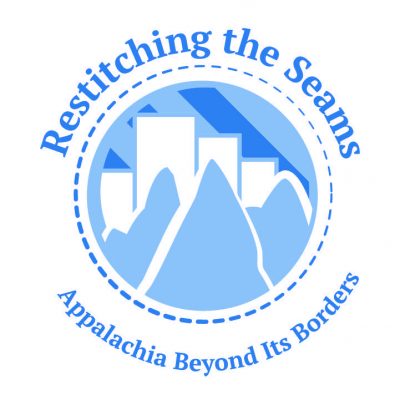Participation Type
Art
Session Title
Appalachia and Beyond: The Kentucky Documentary Photographic Project, 1975-1977
Session Abstract or Summary
Appalachia and Beyond: The Kentucky Documentary Photographic Project, 1975-1977
Stopover. Oddville. Meta. Climax. Dwarf. Ned. Beauty. Mud Lick. Viper. Thousand Sticks. Paw Paw. These are some of the towns Bill Burke, Bob Hower, and Ted Wathen photographed during their historic three-year survey of Kentucky from 1975 to 1977.
I became aware of this work several years ago, but it wasn’t until I recently received one of the few mock-ups in existence, consisting of 165 prints, that I began to understand its importance. I am captivated by the timelessness and soul of these photographs that are familiar to me of a place I am from and where I currently make pictures. There is a certain majesty to finds like these.
For me, this work is just as rich today as when it was made. There is a realness that keeps me coming back to these images, and when looked at not as a work of totality, but as a longer view layered with complexity, it becomes more timeless, more powerful. There is power in not only looking, but listening, too.
These photographs stretch beyond the geographic boundary of Appalachia proper, but serve to remind us of our connectedness, our shared origins, and our resilience.
Presentation #1 Title
Appalachia and Beyond: The Kentucky Documentary Photographic Project, 1975-1977
Presentation #1 Abstract or Summary
Appalachia and Beyond: The Kentucky Documentary Photographic Project, 1975-1977
Stopover. Oddville. Meta. Climax. Dwarf. Ned. Beauty. Mud Lick. Viper. Thousand Sticks. Paw Paw. These are some of the towns Bill Burke, Bob Hower, and Ted Wathen photographed during their historic three-year survey of Kentucky from 1975 to 1977.
I became aware of this work several years ago, but it wasn’t until I recently received one of the few mock-ups in existence, consisting of 165 prints, that I began to understand its importance. I am captivated by the timelessness and soul of these photographs that are familiar to me of a place I am from and where I currently make pictures. There is a certain majesty to finds like these.
For me, this work is just as rich today as when it was made. There is a realness that keeps me coming back to these images, and when looked at not as a work of totality, but as a longer view layered with complexity, it becomes more timeless, more powerful. There is power in not only looking, but listening, too.
These photographs stretch beyond the geographic boundary of Appalachia proper, but serve to remind us of our connectedness, our shared origins, and our resilience.
At-A-Glance Bio- Presenter #1
Roger May (b. 1975) is an Appalachian American photographer and writer based in Charleston, West Virginia. He was born in the Tug River Valley, located on the West Virginia and Kentucky state line, in the heart of Hatfield and McCoy country. His photographs, essays, and interviews have been published by The New York Times, The Guardian, The Atlantic, Al Jazeera America, National Geographic, The Oxford American, Le Monde, Photo District News, and others. In February 2014, he started the crowdsourced Looking at Appalachia project. May speaks about his work, about the visual representation of Appalachia, and photographs on commission. He blogs at Walk your camera.
Conference Subthemes
Diversity and Inclusion
Appalachia and Beyond: The Kentucky Documentary Photographic Project, 1975-1977
Appalachia and Beyond: The Kentucky Documentary Photographic Project, 1975-1977
Stopover. Oddville. Meta. Climax. Dwarf. Ned. Beauty. Mud Lick. Viper. Thousand Sticks. Paw Paw. These are some of the towns Bill Burke, Bob Hower, and Ted Wathen photographed during their historic three-year survey of Kentucky from 1975 to 1977.
I became aware of this work several years ago, but it wasn’t until I recently received one of the few mock-ups in existence, consisting of 165 prints, that I began to understand its importance. I am captivated by the timelessness and soul of these photographs that are familiar to me of a place I am from and where I currently make pictures. There is a certain majesty to finds like these.
For me, this work is just as rich today as when it was made. There is a realness that keeps me coming back to these images, and when looked at not as a work of totality, but as a longer view layered with complexity, it becomes more timeless, more powerful. There is power in not only looking, but listening, too.
These photographs stretch beyond the geographic boundary of Appalachia proper, but serve to remind us of our connectedness, our shared origins, and our resilience.


